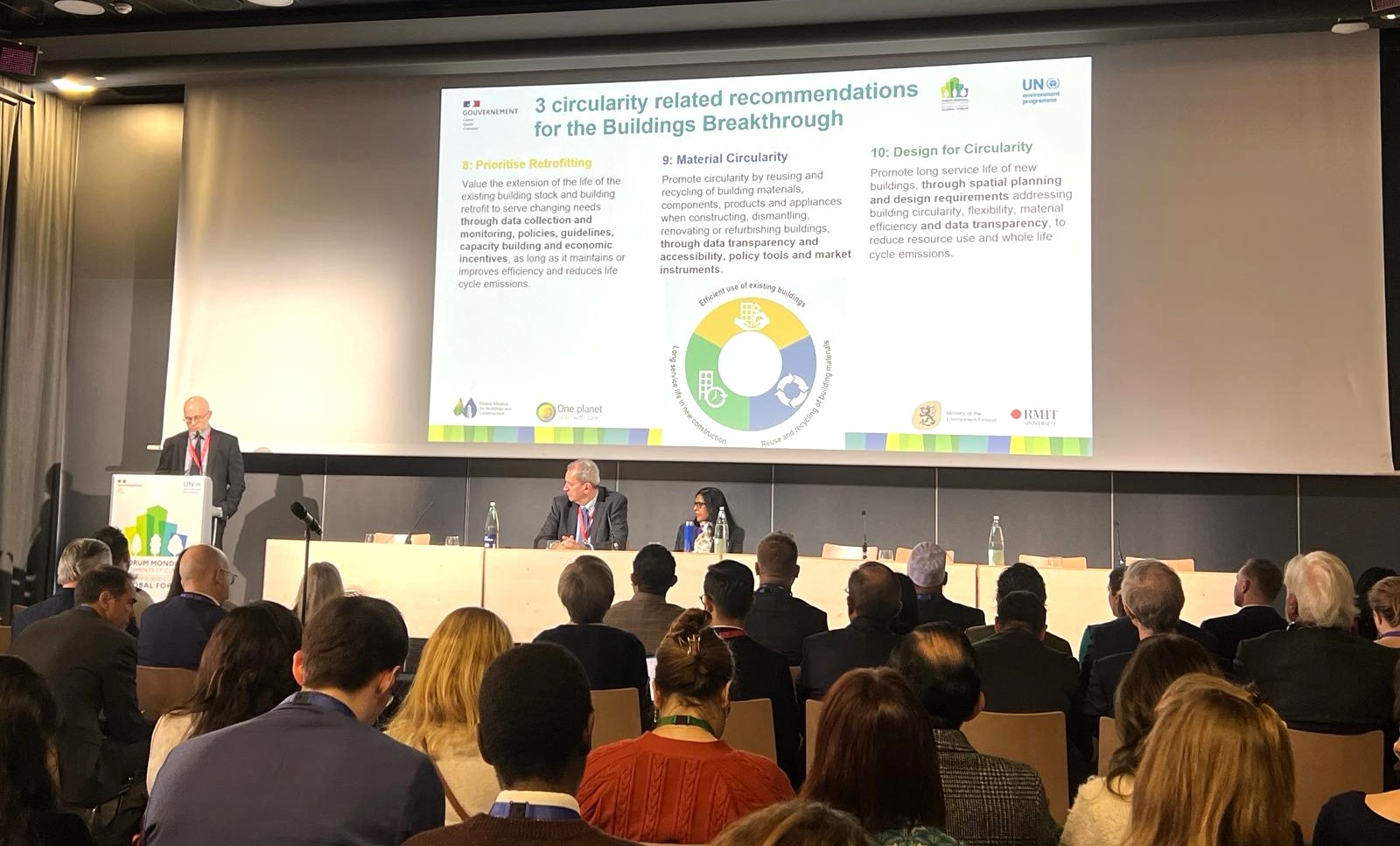Innovation competition for sustainable plastic use
How do we tackle the major environmental challenges? One way to promote disruptive solutions is to initiate innovation competitions. This competition is based on the problematic flow of plastic packaging, combined with the function of packaging in relation to food. We started from the challenge: How do we protect, transport, and communicate food in the future? And how do we do this while managing all other resources well? If we look at the Sustainable Development Goals, this challenge covers more than half of them. The Swedish EPA, together with the strategic innovation programme RE:Source, has been running the competition with two teams. Each team has individuals with different skills and the team members represent both the public and private sectors. Both teams solutions and contributions are based on a more regional food supply and solutions that allow us to reduce the amount of plastic, packaging, and transport. The winning entry is a conversion tool describing the principles for sustainable production and consumption of food at various levels. These levels cover the individual as a member of society, the local community, the region, and a national application. The important work of turning the solutions into a reality remains. Future application of the results can include a collaboration with Vinnova and the National Food Administration on their mission “Nutrition and health” and on “A new recipe for sustainable school food”. The participants have taken back different parts of their work in the competition to their organisations and some have started collaborating in smaller constellations after the competition.
Encouraging innovation is a key to resolve major environmental challenges. To address the lack of national solutions and innovations, the Swedish Environmental Protection Agency along with the strategic innovation programme RE:Source organized an innovation competition. The goal was to create a policy tool that would increase Sweden’s self-sufficiency in the area of food and plastics. The winning tool describes the principles for sustainable production and consumption of food at various levels while enabling the establishment of a common agenda for decisionmakers in business, public sector, and academia.
The plastics of the future will be produced, used, and reused within a circular economy context that recognizes planetary boundaries. Through local and regional food supply, access to healthy food is optimised while enabling circular material flows. Both teams in the competition came up with solutions based on a more regional food supply in a local, national, and global context. The solutions will reduce the amount of plastic, packaging, and transport, and result in proposals for changes in legislation. The winning tool, The Nutrition Resilience Map, is a conversion tool that accelerates the transition to a local, resilient food production system. It highlights the importance of five main principles surrounding local food systems: Grow your own food, grow it together, support local food producers, strive for regional self-sufficiency, and practice interregional trade. This map has conceptual values that have the potential to be implemented as a policy instrument.
Through the innovation programme and the tool stemming as a result from it, the actors involved were able to promote regional food supply and solutions that facilitate the reduction in plastic, packaging, and transport use. The competition empowers people by bringing them together to develop ideas for a future with sustainable consumption and production. By using the tool, a government agency can define the direction of transformation and help speed up market solutions.

